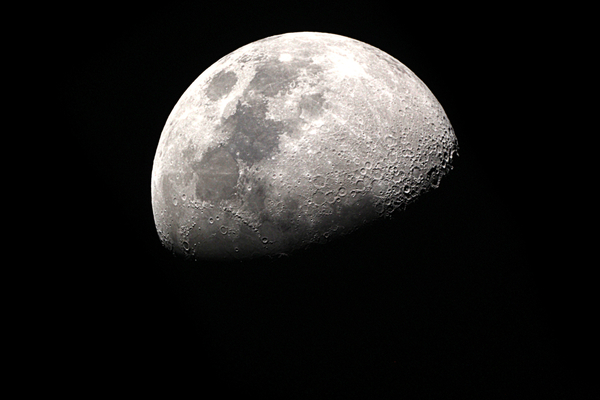Evening stargazers may have noticed Venus shining bright above the western horizon in recent weeks, appearing higher in the sky with each passing night. The planet will continue to be a prominent feature through the remainder of February, and on Thursday evening, it will have some company.
The crescent moon will appear to align with Venus and nearby Jupiter shortly after sunset on February 23, an alignment that will be visible from the heart of bustling cities to the dark sky parks nestled in the remote corners of the country.
According to AccuWeather meteorologists, Thursday night’s astronomical event will be best seen one to two hours after sunset before the trio sets in the western sky. Sunset on Thursday takes place at 5:40 p.m. EST in New York City, 5:33 p.m. CST in Chicago and 5:44 p.m. PST in Los Angeles. Good news for amateur stargazers – no special equipment is required to see the cosmic objects as they are all bright enough to see without a telescope or binoculars.
Venus will appear at the bottom of the alignment, shining brighter than Jupiter, which will be sandwiched in the middle of the trio. The crescent moon will glow at the top of the celestial triad and, upon close inspection, may look slightly different than normal.
While only a sliver of the moon will appear to be illuminated by the sun on Thursday evening, the rest of the planet-facing side of the moon could be dimly lit by a phenomenon known as earthshine.
Earthshine is most noticeable when the moon is in a crescent phase. Sunlight reflecting off the Earth is cast onto the Earth-facing side of the moon, allowing skywatchers to see the entire face of the lunar surface, not just the small portion basking in direct sunlight.
The moon will drift away from Jupiter and Venus throughout the remainder of February, but the two planets will continue to be the main feature in the night sky as they appear to move closer and closer to each other.
Wednesday, March 1, is the start of meteorological spring and will be the best night to observe the planets as they will appear extremely close to each other. The distance separating the two planets in the sky will be less than the width of a pinky finger held out at arm’s length.
The planetary convergence is one of the top astronomy events of 2023.
—
Photo Credit: taffpixture / Shutterstock.com
